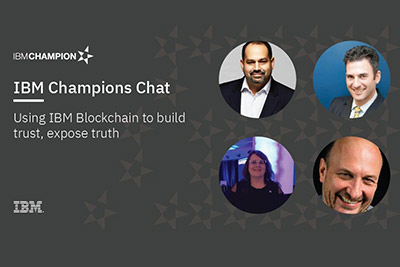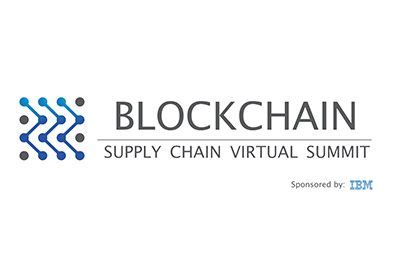Less than two years ago, it appeared that blockchain was about to explode onto the technology scene. Crypto currencies, most notably Bitcoin, were near all-time highs and companies were going out of their way to let the public know that they were embarking on blockchain initiatives. Some organizations even changed their names to include the word “blockchain.” Press releases and articles lauded the benefits of this mysterious technology that was often referred to as “The Next Internet.” So, what happened? Where is all the blockchain?
Figuring out what happened in the blockchain world is not a simple answer. The good news for fans of distributed ledger technology is that it does not appear to be going anywhere. This is not a fly-by-night, flash-in-the-pan tech that will go the way of Betamax, laserdiscs, and Google Glass. The bad news is that blockchain may never be considered a mainstream, everyone-must-have-it type of technology…at least not the general public. The reason for this is that blockchain sits in the background. Other than true techie geeks, most will not see blockchain as something cool that they can’t wait to get their hands on. It simply is not that type of platform. There really is nothing to touch or play with when it comes to blockchain. As previously stated, it is simply a ledger. It is an excellent tool for supply chain, for tracking a digital asset, and for creating a permanent, immutable record. While these actions are obviously business critical…they may not be looked at as “fun.” Thus, the hype surrounding the general public’s excitement may be overblown, and frankly, disappointing. Lucky for us fans of blockchain, this technology is meant to be useful, practical, and behind the scenes.
But still the question remains: where is all the blockchain? Well, it is everywhere! State, local, and even the federal government have all, at the very least, conducted exploratory campaigns. Just last month, the State of Rhode Island issued a Request for Information on blockchain projects. They sought ideas for a proof of concept as to where and how they can use the technology. They left it up to the companies to provide them with suggestions for potential projects. More than 45 different organizations including IBM, Accenture, and yes, Chateaux, submitted proposals. But, it’s not just government agencies. According to CNBC, Bank of America has filed more than 80 blockchain-related patents; JP Morgan is working extensively to create its own blockchain-based crypto currency; and BNY Melon has created blockchain leadership roles. GE, Target, a joint venture of McDonalds, Nestle, and Virgin Media have all explored blockchain projects. So, as I said, blockchain is everywhere.
The hype with the general public may have waned. But blockchain is continuously improving and spreading. This unseen technology should provide the general public with a broader sense of security. This security will come in knowing that they can trust transactions online…even when they don’t necessarily trust the party they are dealing with. That may not sound “fun,” but it is certainly something that we can all relate to.








